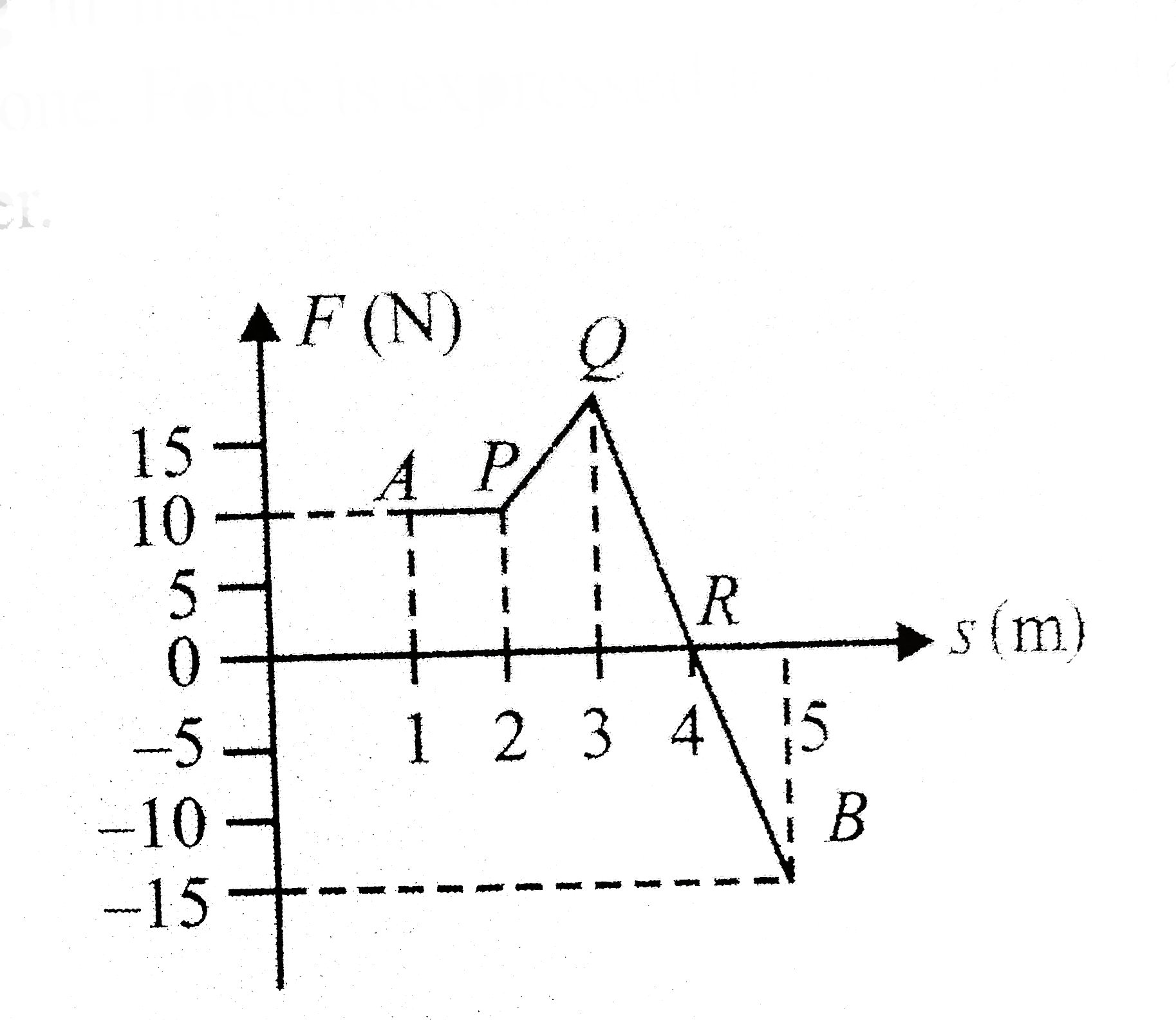A body under the action of five forces (in x-y plane) can be in equilibrium only if
all the forces are equal.
the sum of the resolved components along x-axis is zero.
the sum of resolved components along y-axis is zero
the sum of resolved components along x-axis and y-axis is individually zero.
The correct Answer is:D
To determine the conditions under which a body under the action of five forces can be in equilibrium, we need to analyze the forces acting on the body in the x-y plane.
1. Understanding Equilibrium:
A body is said to be in equilibrium when the net force acting on it is zero. This means that the vector sum of all forces acting on the body must equal zero.
2. Resolving Forces into Components:
Any force can be resolved into its components along the x-axis and y-axis. For a force F, the x-component can be represented as Fx=Fcos(θ) and the y-component as Fy=Fsin(θ), where θ is the angle the force makes with the x-axis.
3. Applying the Condition for Equilibrium:
For the body to be in equilibrium under the action of five forces, the sum of the x-components of all the forces must be zero:
∑Fx=0
Similarly, the sum of the y-components must also be zero:
∑Fy=0
4. Setting Up the Equations:
Let’s denote the five forces as F1,F2,F3,F4,F5. The x and y components of these forces can be expressed as:
F1x,F2x,F3x,F4x,F5x(x-components)
F1y,F2y,F3y,F4y,F5y(y-components)
The conditions for equilibrium can then be written as:
F1x+F2x+F3x+F4x+F5x=0
F1y+F2y+F3y+F4y+F5y=0
5. Conclusion:
Therefore, for a body under the action of five forces to be in equilibrium, the sum of the resolved components along the x-axis must be zero, and the sum of the resolved components along the y-axis must also be zero. This leads us to the conclusion that both conditions must be satisfied simultaneously.
Final Answer:
A body under the action of five forces can be in equilibrium only if:
- The sum of the resolved components along the x-axis is zero.
- The sum of the resolved components along the y-axis is zero.
A body is said to be in equilibrium when the net force acting on it is zero. This means that the vector sum of all forces acting on the body must equal zero.
Any force can be resolved into its components along the x-axis and y-axis. For a force F, the x-component can be represented as Fx=Fcos(θ) and the y-component as Fy=Fsin(θ), where θ is the angle the force makes with the x-axis.
For the body to be in equilibrium under the action of five forces, the sum of the x-components of all the forces must be zero:
∑Fx=0
Similarly, the sum of the y-components must also be zero:
∑Fy=0
Let’s denote the five forces as F1,F2,F3,F4,F5. The x and y components of these forces can be expressed as:
F1x,F2x,F3x,F4x,F5x(x-components)
F1y,F2y,F3y,F4y,F5y(y-components)
The conditions for equilibrium can then be written as:
F1x+F2x+F3x+F4x+F5x=0
F1y+F2y+F3y+F4y+F5y=0
Therefore, for a body under the action of five forces to be in equilibrium, the sum of the resolved components along the x-axis must be zero, and the sum of the resolved components along the y-axis must also be zero. This leads us to the conclusion that both conditions must be satisfied simultaneously.
A body under the action of five forces can be in equilibrium only if:
- The sum of the resolved components along the x-axis is zero.
- The sum of the resolved components along the y-axis is zero.
Similar Questions
If a body under the action of force (6ˆi+8ˆj−10ˆk) N. acquires an acceleration of magnitude 5ms−2. Then the mass of body is
View SolutionA body moves from point A to B under the action of a force, varying in magnitude as shown in figure. Obtain the work done. Force is expressed in newton and displacement in meter.

View Solution
Knowledge Check
A body under the action of a force →F=6ˆi−8ˆjN acquires an acceleration of 5ms−2 . The mass of the body is
A2kgB5kgC4kgD6kgAssertion: There is no apprecible change in the position of the body during the action of the impulsive force.
Reason: In case of impulsive force the time of action of the force is very short.AIf both assertion and reason are true and reason is the correct explanation of assertion.BIf both assertion and reason are true and reason is the not correct explanation of assertion.CIf assertion is true but reason is falseDIf both assertion and reason are false.
A body, under the action of a force F=6ˆi−8ˆj+10ˆk acceleration of 1ms−2. The mass of this body must be
View SolutionThe minimum number of unequal forces in a plane that can keep a particle in equilibrium is
View SolutionA body has a time of 3 s under the action of one force and 4 s under the action of another force. Calculate the time period when both the forces act in the same direction simultaneously. Assume that the body undergoes the same displacement, under the action of the two different forces.
View SolutionA body, under the action of a force →F=6ˆi−8ˆj+10ˆk , acquires an acceleration of 1ms−2 . The mass of this body must be.
View SolutionCan a body in free fall be in equilibrium ?Explain?
View SolutionThe potential energy of a particle is determined by the expression U=α(x2+y2), where α is a positive constant. The particle begins to move from a point with coordinates (3,3), only under the action of potential field force. Then its kinetic energy T at the instant when the particle is at a point with the coordinates (1,1) is
View Solution
